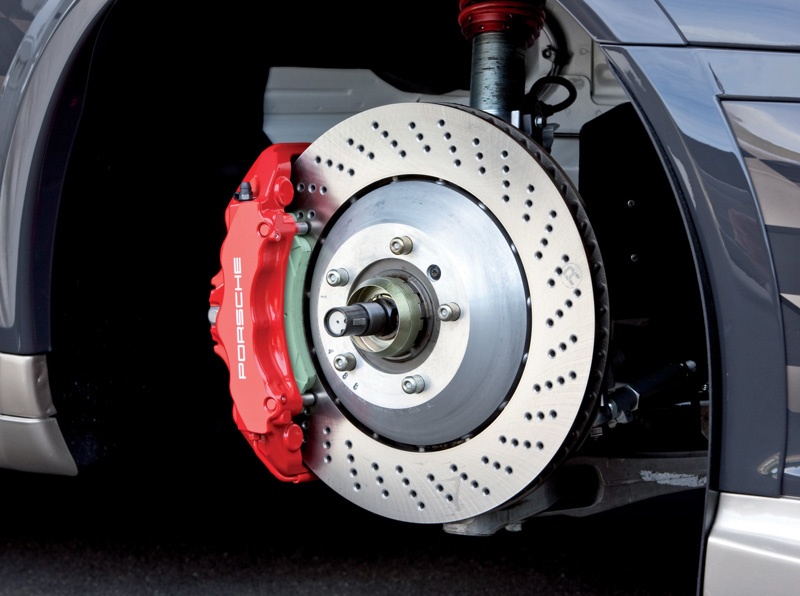The anti-lock brakes in your vehicle help to prevent wheel lock-up during hard braking. This system uses a series of magnets to control the braking action of the wheel. Because the anti-lock braking system on your vehicle pumps the brakes for you electronically, you should not pump the brakes manually. It will not assist the system. In fact, it will often prevent the system from fully engaging. When there are problems with your anti-lock brakes, the system rarely fails but rather malfunctions. To confirm a system malfunction or potential failure, there is a simple check you can perform.
Instructions
1 Open the fuse panel under the steering column by pulling down on the fuse-panel cover with your fingers.
2 Locate the fuse for the ABS or anti-lock braking system, using the fuse diagram on the underside of the fuse-panel cover.
3 Pull the ABS fuse using the fuse pullers in the fuse panel.
4 Check the fuse. If the metal strip inside the fuse is broken, replace the fuse with a new fuse of the same amperage.
5 Turn the steering wheel all the way to the left or right. Then, visually inspect the wiring running to the ABS sensor on the wheel hub assembly (it should be visible if you turn the wheels all the way to the right or left). Any visible damage indicates a failure of the system and the system needs to be serviced by a professional mechanic.
6 Start the engine. If the ABS light stays lit when all of the other dash lights go out, then the ABS system has either malfunctioned or failed completely. In either case, the system needs to be serviced and repaired by a professional mechanic.

How to Diagnose Brake Problems in the Anti-Lock Brake System
by
Tags:

Leave a Reply